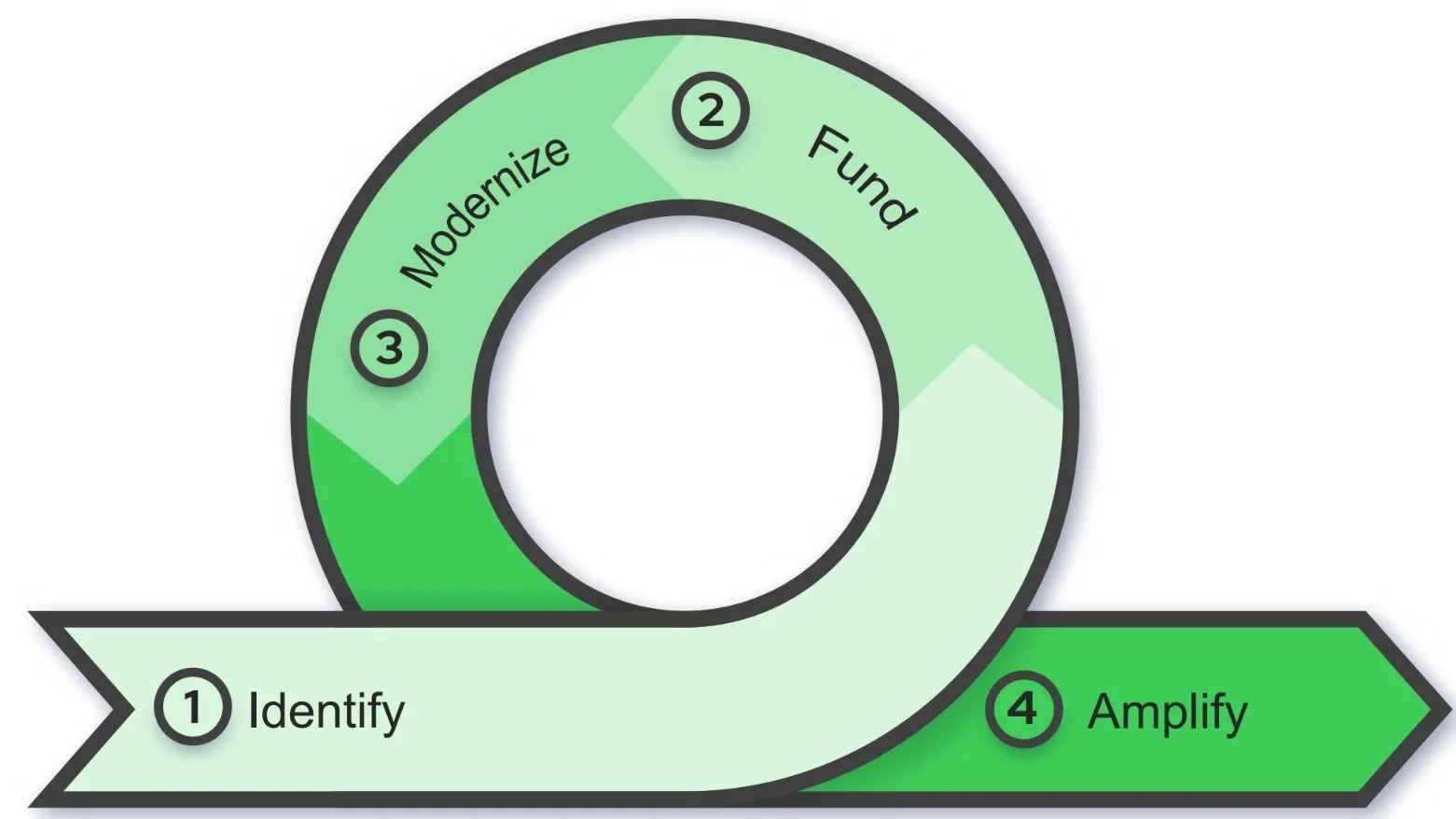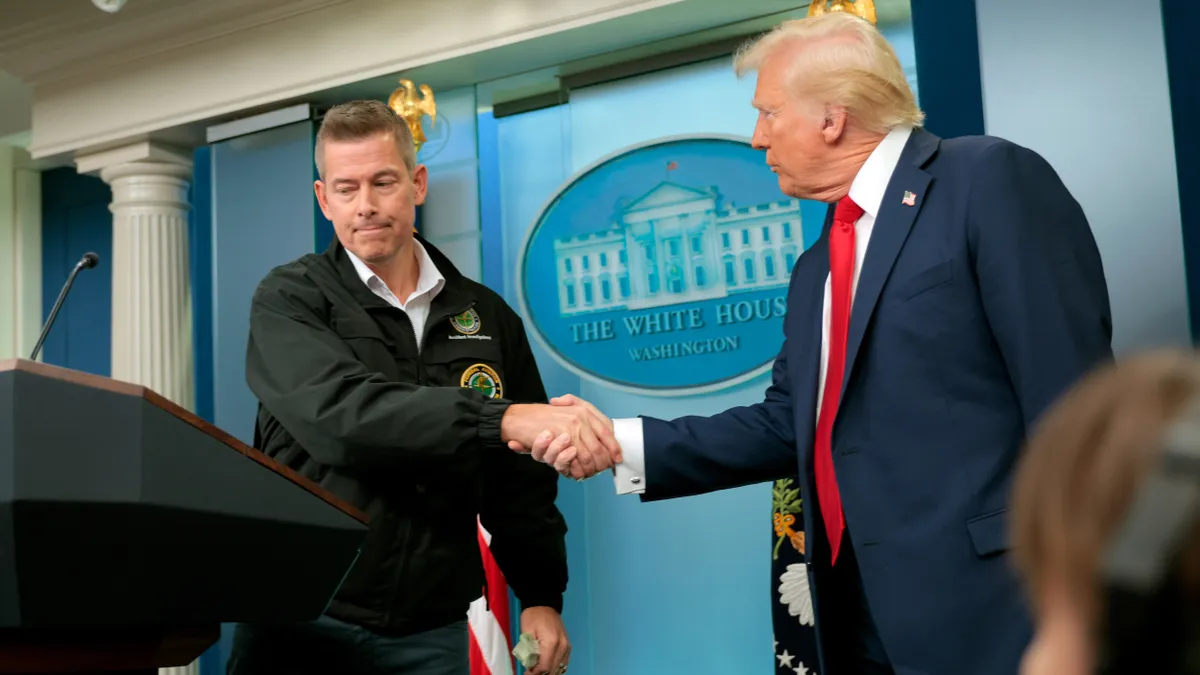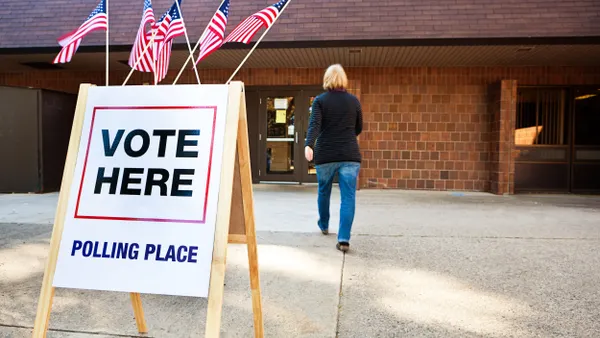According to the National League of Cities’ 2025 State of the Cities report, economic development has emerged as a top priority for municipal leaders seeking to build resilient, thriving communities as they navigate a landscape marked by budget shortfalls, shifting demographics and political uncertainty.
The path forward lies in strategic investment into economic growth and infrastructure investment is proving to be one of the most effective avenues. Infrastructure investments can be an excellent springboard to deliver years of low-carbon growth and budget stability. From energy efficiency upgrades to facility modernizations, these projects not only reduce operational costs but also unlock new revenue streams and attract residents, businesses and tourism.
Facility master planning to do more with less
Facility master planning allows local governments to take control of operational and maintenance costs, freeing up resources to reinvest in community priorities. By modernizing infrastructure with energy efficient technologies, municipalities can reduce utility expenses, address deferred maintenance and improve service delivery—all without raising taxes or cutting programs.
The City of Reading, PA offers a compelling recent example of a local government embracing facility master planning. Faced with aging infrastructure and rising energy costs, Reading launched an $18 million energy infrastructure upgrade in partnership with Schneider Electric. Slated for completion in 2026, the initiative includes HVAC improvements, LED lighting and building automation systems implemented across 14 city buildings. And by installing over 4000 solar panels, the project will completely offset electrical consumption of the Public Works building and offset nearly all electric consumption at City Hall. These upgrades are projected to save Reading millions in energy and operational costs over the life of the project, enabling the city to reinvest in public services and infrastructure.
As Bethany Ayers-Fisher, Sustainability Manager for the City of Reading, noted, “This project is not just about energy savings—it’s about building a more resilient and economically vibrant future for our city.”
Turning facility portfolios into economic engines
Beyond cost savings, facility master planning is a powerful tool to help cities transform their built environments from a cost center into a driver of economic vitality. By aligning infrastructure investments with broader community goals—such as tourism, recreation and attracting new businesses—cities can create lasting economic impact.
The City of Sierra Vista, AZ exemplifies this approach. With a vision to become a premier destination for sports tourism, Sierra Vista partnered with Schneider Electric on a two-phase modernization plan totaling nearly $40 million in upgrades. The far-reaching project included solar carports, EV charging stations, comprehensive HVAC and electrical system upgrades and a complete overhaul of their sports complex.
The results speak volumes: The project generated $3.3 million in economic impact for Sierra Vista between 2019 and 2021, attracted over 11,000 new visitors and will create a projected $138 million in total long-term economic impact. As Assistant City Manager Victoria Yarbrough shared, “Schneider Electric didn’t just help us save money—they helped us realize our strategic vision for economic growth.”
Tailoring an economic development plan for your community
Every municipality has unique needs and successful economic development begins with understanding them. City leaders should assess factors such as deferred maintenance, extreme weather resilience and population movement patterns to determine the most impactful investments.

For example, upgrading to grid-interactive efficient building (GEB) systems allow local governments the flexibility to adapt to the changing needs of their residents, while optimizing energy costs and minimizing impact on the local grid. GEBs not only lower costs but also enhance resilience and sustainability—key pillars of long-term economic growth.
Funding is often the biggest hurdle to implement economic development programs, but it doesn’t have to be. Cities can leverage Energy Savings Performance Contracts (ESPCs), which mitigate upfront costs and allow systems to pay for themselves overtime. Fund your project by capturing energy and operational savings and stacking them with applicable federal, state and local grant funding that a partner like Schneider Electric can help you identify.
Transforming municipal infrastructure into economic opportunity
By modernizing facilities, local governments can build communities that are financially resilient and future-ready.
At Schneider Electric, we’ve helped hundreds of municipalities nationwide turn their infrastructure into engines of growth. Our expertise in energy efficiency, sustainability and facility master planning makes us the #1 partner for local governments looking to do more with less.
Download our free guide, Rethinking Sustainable Investment to Create Economic Development: A Playbook for Local Governments, to learn how your city can unlock new revenue and build a brighter economic future.










